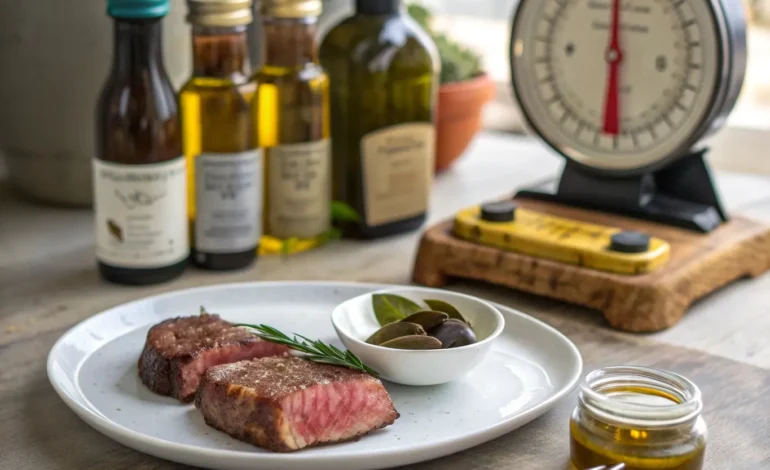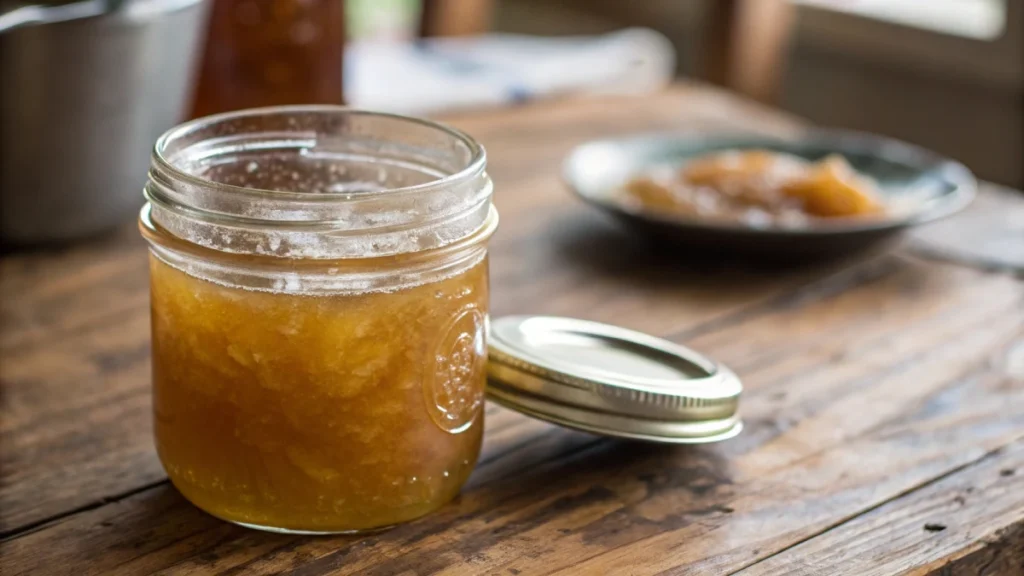Why Beef Tallow Is Making a Comeback: What It Is, How It Compares to Seed Oils, and If It Can Support Weight Loss
Discover why beef tallow is making a comeback in healthy kitchens. Learn how it compares to seed oils, its surprising health benefits, and whether it can support weight loss on

When I first heard people talking about cooking with beef tallow, I had a flashback to fast food fries from the 80s. Weren’t we supposed to avoid animal fat at all costs?
But lately, I’ve noticed a shift. More health-conscious communities—especially those leaning into ancestral diets, keto, carnivore, and low-carb lifestyles—are bringing back this once-vilified fat. Beef tallow is showing up in everything from sauté pans to skincare. That got me curious: is beef tallow actually healthy, or is this just another wellness trend in disguise?
As someone who’s been on a personal journey to reclaim better health, I decided to dig in. What I found surprised me—and might surprise you, too.
What Is Beef Tallow?
Beef tallow is a rendered form of beef fat, typically made from the suet around the kidneys and loins of cattle. When gently heated, the fat melts and is filtered to remove impurities, leaving a pure, shelf-stable fat that’s solid at room temperature and ideal for high-heat cooking.
Historically, beef tallow was used in everything—from deep frying to pie crusts to candle making. But it largely disappeared from home kitchens after the rise of vegetable oils in the 20th century, fueled by the now-debunked fear that saturated fats cause heart disease.
Now, with seed oils under scrutiny and ancestral eating back in focus, tallow is making a bold return.
Types of Beef Tallow
- Grass-Fed Tallow:
Comes from cows raised on pasture. It’s considered the cleanest and most nutrient-rich form, higher in omega-3s, CLA (conjugated linoleic acid), and vitamins A, D, E, and K. This is the gold standard for health-conscious users. - Grain-Fed Tallow:
More common and less expensive, but contains slightly fewer nutrients. Still a better option than industrial seed oils, but not ideal for therapeutic diets. - Refined vs. Unrefined:
Some tallow is deodorized or refined, stripping some of its natural properties. Look for minimally processed, unbleached versions for best quality.

Is Beef Tallow Healthy?
It depends on what you’re comparing it to.
Unlike seed oils (such as canola, soybean, and corn oil), beef tallow is stable at high temperatures and doesn’t oxidize easily. That means when you cook with it, you’re not creating harmful free radicals that can damage cells or inflame arteries.
Beef tallow is also:
- Rich in saturated fats (the kind your body uses for hormone production and brain function)
- Free of trans fats (when properly made)
- Naturally contains fat-soluble vitamins like A, D, E, and K2
- Source of stearic acid, which some studies suggest may support mitochondrial function and fat oxidation
In moderation and as part of a whole-food diet, many experts now say animal fats like tallow may be a safer, more nourishing choice than industrial oils.
Beef Tallow vs. Seed Oils
This is where it gets interesting.
| Aspect | Beef Tallow | Seed Oils (e.g., Canola, Soy) |
| Stability When Heated | Very stable | Highly unstable, prone to oxidation |
| Omega Balance | Favorable, especially grass-fed | High in omega-6 (pro-inflammatory) |
| Processing | Minimal, traditional methods | Heavily refined, often chemically processed |
| Health Risks | Historically overblown | Linked to inflammation, metabolic issues |
| Flavor | Rich, savory | Neutral but sometimes rancid when old |
Industrial seed oils are often extracted using high heat and solvents like hexane, then deodorized and bleached. This process leaves behind compounds that may promote oxidative stress and chronic inflammation—key drivers of heart disease, diabetes, and obesity.
That’s why many people are now ditching seed oils for traditional animal fats like tallow, ghee, or butter.
Can Beef Tallow Help With Weight Loss?
Here’s what I’ve noticed personally.
After swapping out seed oils for beef tallow and increasing my protein and fat intake, I felt fuller longer, had fewer cravings, and started losing weight—especially the stubborn kind around my midsection. I wasn’t even trying to count every calorie anymore.
Here’s why tallow may help with fat loss:
- Increases satiety: Fat is filling, especially when paired with protein.
- Supports stable blood sugar: Fewer spikes = fewer crashes.
- Reduces inflammatory load: Chronic inflammation can impair metabolic health.
- Encourages fat adaptation: Tallow is keto-friendly and can support fat-burning in low-carb diets.
Still, it’s not a magic bullet. Portion control matters. And pairing tallow with ultra-processed foods won’t help your waistline.
But in a real food context, beef tallow can absolutely support better energy, appetite control, and metabolic health.
How to Use Beef Tallow at Home
- Cooking oil substitute: Great for frying eggs, searing steak, or sautéing veggies.
- Roasting fat: Try it for crispy potatoes or root vegetables.
- Skincare: Some use tallow balms as natural moisturizers (yes, really).
- Tallow candles or soap: Ancestral methods coming back in style.
My takeaway
We’ve spent decades fearing saturated fat—but science is catching up. For me, embracing traditional fats like beef tallowhas helped me reconnect with a more ancestral way of eating that leaves me feeling stronger, more satiated, and less inflamed.
Beef tallow isn’t a fad. It’s a return to what’s always worked. If you’re navigating weight issues like I am, and trying to eat clean without losing your mind over macros, this simple, nourishing fat might just be the secret you’ve been missing.








